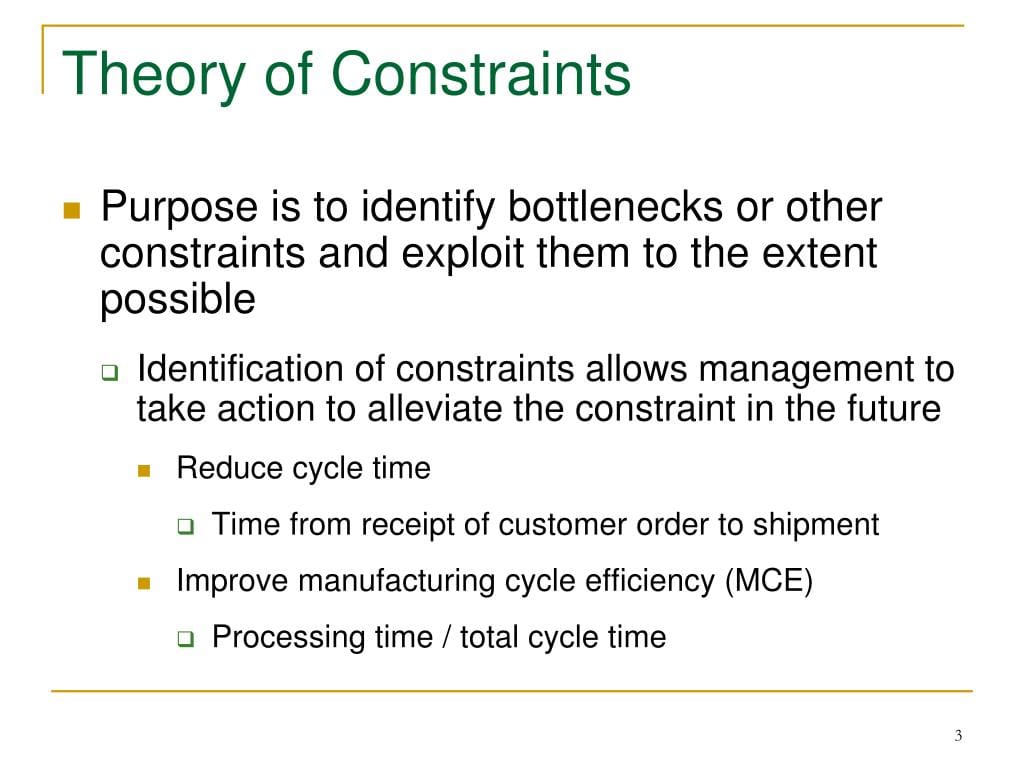✂️ Cutting Red Tape… Again? Haven’t We Been Here Before?
Every time there’s a housing or construction crisis, the same tired phrase gets dusted off and wheeled out like it’s something new: “We need to cut red tape.” It sounds good. Punchy. Sound's like a great plan!
But haven’t we already played this game before?
Back in the 1990s, private certification was introduced with much fanfare. The big promise? Faster approvals. Less bureaucracy. More “efficiency.” It was pitched as the fix to slow, overburdened councils and bloated processes. But the truth is, it marked the start of a long, slow decline in housing quality—and almost everyone in the industry knows it.
We were told that injecting market competition into the certification process would make things better. Faster? Sure. Cheaper? Maybe. Better? Absolutely not. From the moment private certification became widespread, we've seen a growing list of defects, shortcuts, and disputes—all while accountability drifted further away.
So here we are again, at what feels like another inflection point of bullshit, with industry groups once again yelling for red tape to be slashed.
But when you look at what’s been happening over the past 30 years, you can’t help but ask: is this really about improving outcomes for homeowners, or just making it easier for builders and developers to move faster and cut corners?
Let’s dig into the irony of it all.

A short musical interlude to keep you focused
I couldn't miss the opportunity to drop a tune:
When & Where It Started
- Early 1990s: Private certification emerged in South Australia, Northern Territory, Tasmania, and Victoria to provide an alternative to council-based approvals.
- 1997–1998:
- Queensland introduced its private certifier system in 1998
- New South Wales followed in 1997/1998 by amending the Environmental Planning & Assessment Act, allowing private “Principal Certifiers” to issue building and occupation certificates, a role previously held solely by councils
- Driven by state governments—notably NSW under Minister Craig Knowles, and Queensland in 1998, following similar reforms in SA, NT, TAS.
| State / Territory | Year | Reform Brief |
|---|---|---|
| SA, NT, TAS, Vic | Early 1990s | Introduced private certifiers alongside councils |
| Queensland | 1998 | Adopted private certification to speed up and offer choice |
| New South Wales (NSW) | 1997–1998 | Amended planning laws to allow accredited certifiers to handle building and occupation certificates |
Why It Happened
This move wasn’t about letting the private sector run wild—it was a carefully considered reform under Australia’s National Competition Policy, aimed at:
- 🏃♀️ Accelerating Approvals – Council-issued permits could drag on for weeks. Private certifiers brought turnaround times down significantly..
- 🏅 Introducing Competition – Why let councils hold a monopoly? Private firms competing meant better service for builders .
- ⚖️ Boosting Efficiency – Inspired by the 1993 Hilmer reforms, the goal was for government services to be leaner and fairer
🔚 What It Meant
By allowing accredited certifiers to handle building approvals, Australia opened the door to faster processing, more choice, and a market-driven approach to construction compliance.
It wasn’t about cutting corners—it was about modernising and injecting efficiency into a historically slow-moving system.
🔄 The Full Circle of Reforms
- Private certification’s birth (1990s)
Introduced because council approvals were seen as slow and bureaucratic—private certifiers were meant to provide a faster, alternative path. - “Cut red tape” campaigns (2024–2025)
Industry groups like Master Builders and the Housing Industry Association are now urging governments—at federal, state, and local levels—to eliminate overlapping regulations, ease financial and licensing reporting, and fast-track approvals—essentially seeking the same outcomes previously expected of private certification.- Master Builders Queensland applauded scrapping financial reporting burdens for 50,000 licensees.
- Building ministers in Queensland and Tasmania are rolling out reforms to fast-track approvals and reduce paperwork
- The Federal Productivity Commission echoed similar sentiments—cutting red tape around housing was “the only way” to meaningfully speed construction.
¯_(ツ)_/¯ Isn't It Ironic, Don't You Think?
Private certification (1990s) was introduced as a fix for slow council approvals—industry groups and governments hoped competition would cut delays and boost efficiency.
Industry groups originally championed private certification to speed up slow-moving Local Government Authority (LGA) approvals by introducing competition and efficiency.
Fast forward a few decades—and now those same sectors are actively pushing to "cut red tape" to further streamline processes like approvals, planning, energy efficiency/livability measures.
Private certification’s initial promise—faster approvals—came with an unintended cost: significant decline in housing quality.
Today’s regulatory push to “cut red tape” risks perpetuating the same problems—if quality oversight isn’t made a priority.
Essentially, without balancing speed with accountability, efficiency becomes recklessness, and residents end up paying the price.
Not convinced we're on the right track?
Check out the latest report from AHURI published September 2024
Or take this 2020 report from MDPI, which highlights the gap between 'as-designed' and 'as-built' outcomes. Self-regulation isn’t the path to more energy-efficient buildings. If the industry already struggles to deliver on what it promises, removing oversight will only make compliance worse.
👷♂️ Private Certifiers: Hired by Builders → Built-in Conflict
Private certifiers are directly contracted and paid by builders or developers for issuing construction approvals. This creates a tension:
- Certifier duty: Impartial oversight, upholding public interest
- Certifier reality: Their paycheck—and future work—depends on keeping builder clients happy
- Hilmer’s goal: Where private competition serves the public, not just industry.
Reality: Building certification services are paid by private interests—raising consistent questions about public benefit and impartiality.
If our certifiers primarily serve the interests of those footing the bill—builders—we risk bypassing the safety nets and accountability that protect homeowners and the community.
If “cutting red tape” means giving builders more space to self-approve, self-regulate, or operate with minimal oversight, then we risks repeating the same mistakes as the move to private certification.
The outcome could be faster approvals without necessary checks—again moving us away from true public benefit, the very principle the Hilmer reforms were meant to deliver.
If the goal is genuinely better outcomes for communities, reforms must balance efficiency with accountability, not replace one with the other.
Discussion Papers and Referenced Reports
🥸 Here’s a discussion paper compiled by the ABCB discussing the integrity of private building certifiers. One of the key takeaways from the report is that private certifiers should be engaged by the homeowner—not by the builder.
And here is the 2018 Building Confidence Report which the ABCB discussion paper was in reposnse to:
Note: To download any of these reports, just click the little down arrow at the top of each Docsend embed. Here's how you do that:
Conclusion
Industry groups once pushed for private certification to bypass sluggish council approval processes. Today, they’re calling on governments to trim red tape to make approvals even faster.
The punchline? Whether it’s private certifiers or deregulation, the goal hasn’t changed: faster, leaner, more responsive approvals. That repetition of intent—just delivered through different mechanisms—is what makes it all feel so ironic.
👉️ It’s starting to feel like Groundhog Day, with the tail (lobby groups) trying to wag the dog (government) again.

Maybe it’s time for a little introspection. These are the same groups that once demanded speed over scrutiny, and now housing quality has noticeably declined from what it was pre-1990s. Why aren’t they just as passionate about fixing that?
Here’s where the irony deepens: the Hilmer reforms, which underpinned the shift to private certification in the first place, were grounded in a core principle—that competition and reform should only be pursued where it serves the public benefit.
But based on the last few decades? It’s fair to ask whether today’s calls to “cut red tape” are more about turnover and profit than public interest. Because if public benefit truly mattered to these groups, we’d hear just as much noise about quality, accountability, and long-term durability/livability as we do about speed and tape cutting.

There are other ways to achieve better productivity outcomes
Yes, there are ways to improve productivity that don’t involve burning the whole house down—or drifting further toward deregulation, self-regulation, or voluntary compliance.
If you want to improve system throughput, start by finding the slowest step—the one bottleneck that’s holding everything up. Treat the whole pipeline like a system, fix the constraint first, and watch the traffic start moving again. This is what Drum Buffer Rope from the Theory Of Constraints is all about.
References







Further Reading



Me with all my mates!


























